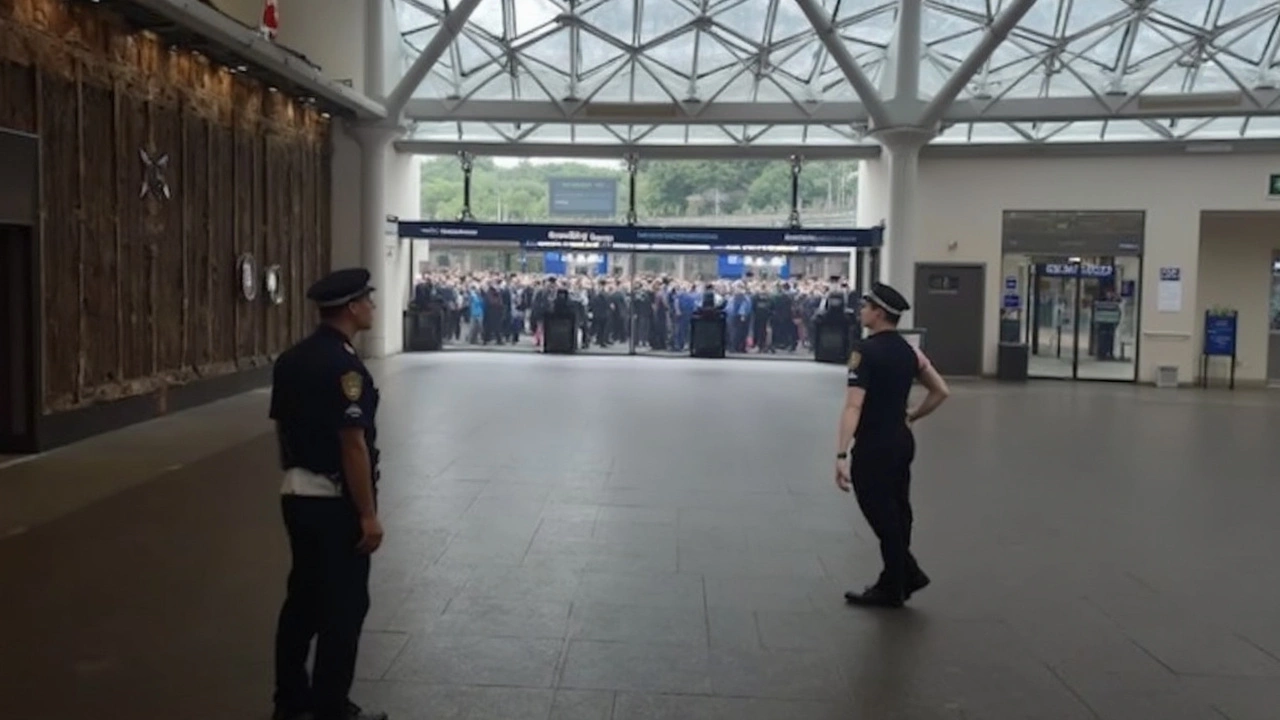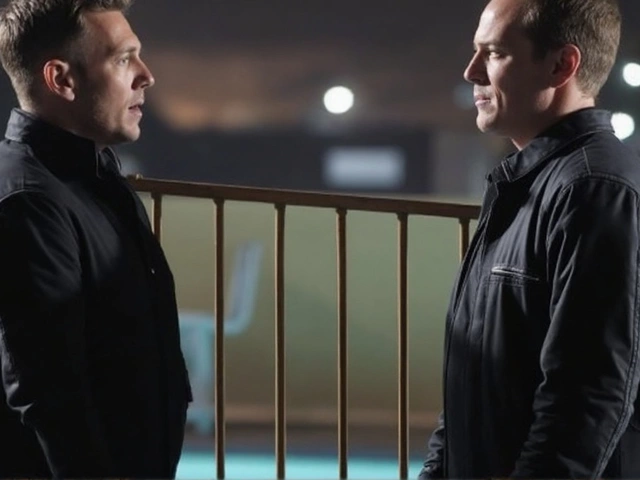Evacuation Tips Everyone Needs to Know
When disaster looms, the first thing on your mind is getting out safely. Whether it’s a fire, flood, or a surprise storm, a clear evacuation plan can keep you and your loved ones alive. Below are down‑to‑earth steps you can set up today, no fancy gear required.
Plan Your Escape Route Ahead of Time
Start by walking around your home and marking two exits for every room. Front doors, back doors, and windows that open wide enough to climb through are all good choices. Write these routes on a piece of paper and pin them on the fridge where everyone can see them. If you have kids, practice the routes at least once a month – a quick run‑through turns confusion into muscle memory.
Don’t forget the car. Keep the gas tank at least half full and store a spare key in a waterproof box near the driveway. A small “go‑bag” tucked under the passenger seat should have a flashlight, a basic first‑aid kit, bottled water, and a copy of your important documents. When a siren sounds, grab the bag and head for the nearest exit.
Communicate, Communicate, Communicate
In an emergency, phones can get jammed. Set up a family meeting spot that’s not your home – maybe a neighbor’s house or a local park. Teach each family member how to text a quick “I’m safe” message; texts often go through when calls can’t. If you have pets, make sure they’re included in the plan – a leash, carrier, and a small treat pouch can prevent panic.
For those living in apartments, learn the building’s fire‑escape plan and locate the stairwell that’s not dependent on elevators. Talk with your landlord about emergency lighting and any backup power sources. Knowing the building’s layout can shave minutes off your evacuation time.
When you’re out of the house, keep an eye on official alerts. Most local governments use apps or radio alerts that give real‑time updates. If you’re driving, follow the posted detour signs; they’re designed to keep traffic flowing away from danger zones.
Finally, after you’re safe, check in with neighbors, especially the elderly or those with disabilities. A quick knock can ensure nobody gets left behind, and it builds a community ready to look out for each other next time.
Evacuation isn’t about drama; it’s about simple habits you set up now. Write the routes, pack a tiny bag, pick a meeting point, and stay tuned to alerts. Do these things once, and you’ll feel a lot more confident the next time the siren sounds.

King's Cross faced a full-scale evacuation just before 8:00 AM, shocking thousands amid London’s busy rush hour. Emergency services swarmed the station after a potential safety threat. Services resumed after two hours, but confusion and delays rippled through the city's travel network.
Continue Reading





